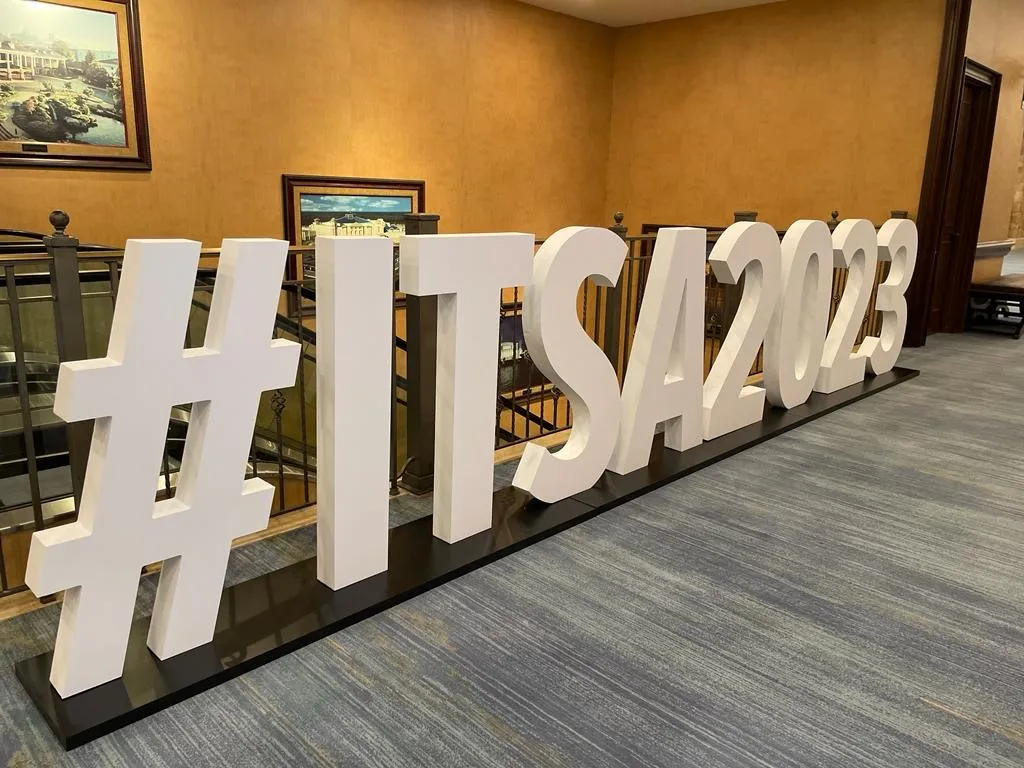
Commsignia has developed a method of transmitting automotive-grade Vehicle to Everything (V2X) messages, including information aggregated from multiple sources with the use of 4G and 5G connections.
The company says its Vehicle to Network (V2N) solution can be applied to avoid traffic jams and prevent accidents in semi-static situations, such as when cars congest highway exits and obstruct the outer lane, creating a dangerous situation.
One known solution is when the on-board navigation system of stalled vehicles sends status information to the cloud via a 4G or 5G cellular connection.
The navigation supplier’s cloud-based traffic information service then informs other vehicles of a possible traffic jam in the area, but Commsignia insists such solutions usually only work within the specific supplier’s ecosystem.
Commsignia's system is expected to aggregate information from different data sources, including various suppliers’ cloud databases, infrastructure data from roadside sensors and cameras, and sensor data from V2X enabled vehicles.
The company points out that while cloud-based solutions trigger an early warning about a possible event, a vehicle’s V2X on-board unit sends more precise information in low-latency direct messages to other V2X-enabled vehicles in the area.
According to Commsignia, these Vehicle to Vehicle (V2V) messages contain the exact location of the recognised event.
Commsignia’s hybrid fusion layer verifies alerts from different sources and provides the driver with aggregated data.
The company claims its solution offers more precise warnings and opens up the possibility of notifications reaching more drivers by combining network-based V2N, infrastructure-based Vehicle to Infrastructure and vehicle-based V2V data.
András Váradi, research director at Commsignia, says: “One of the big challenges in digital traffic safety is reaching most drivers, and it makes sense to combine multiple channels such as direct V2X communications and the 4G or 5G cellular networks. The aggregation and verification of different information sources offer a robust and reliable messaging solution, all based on automotive grade V2X standards.”










